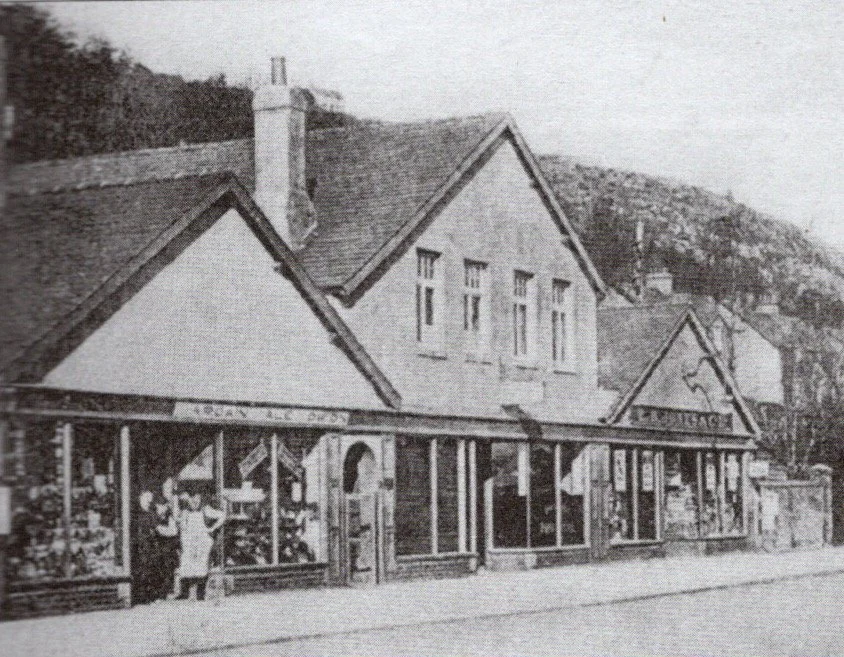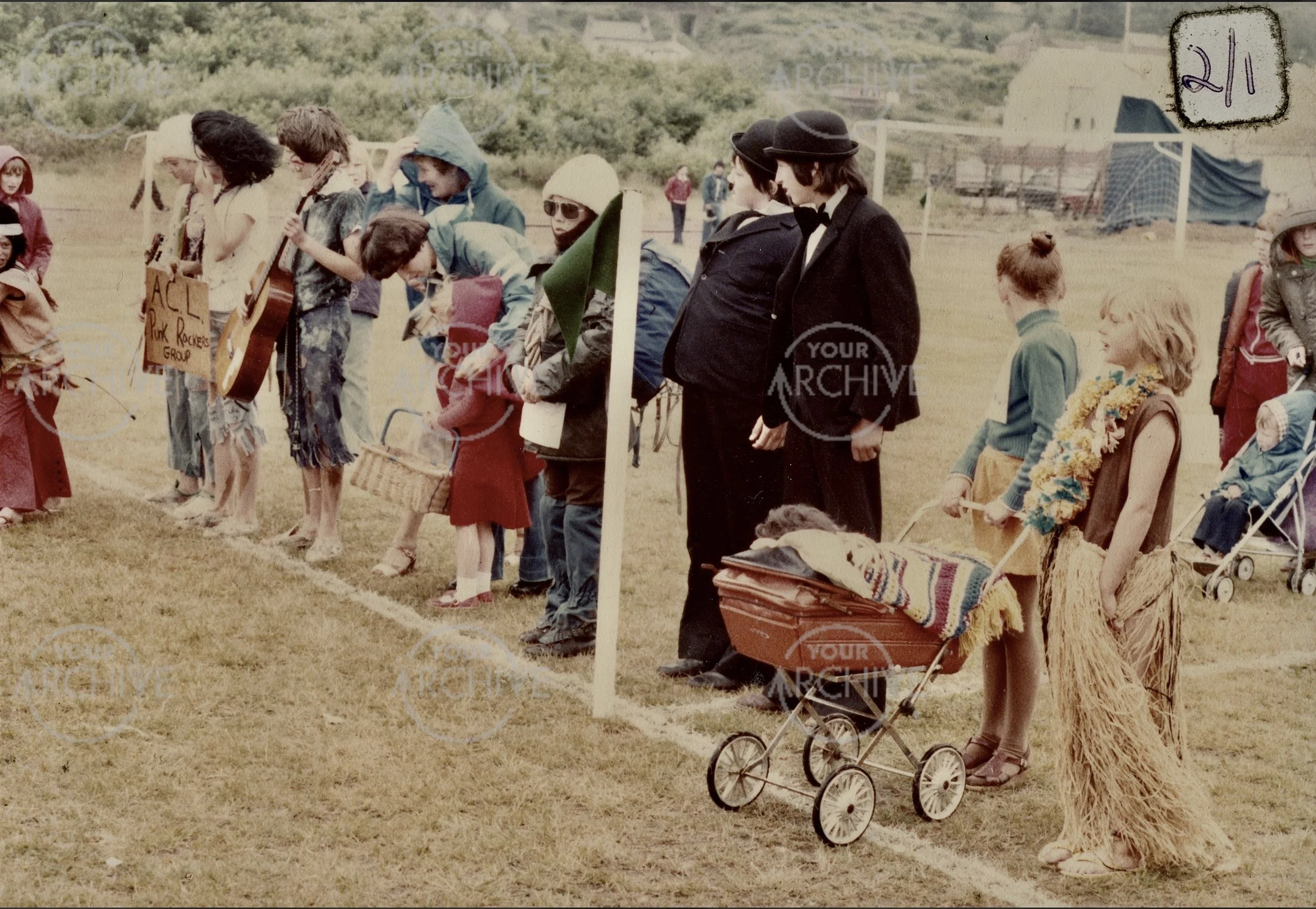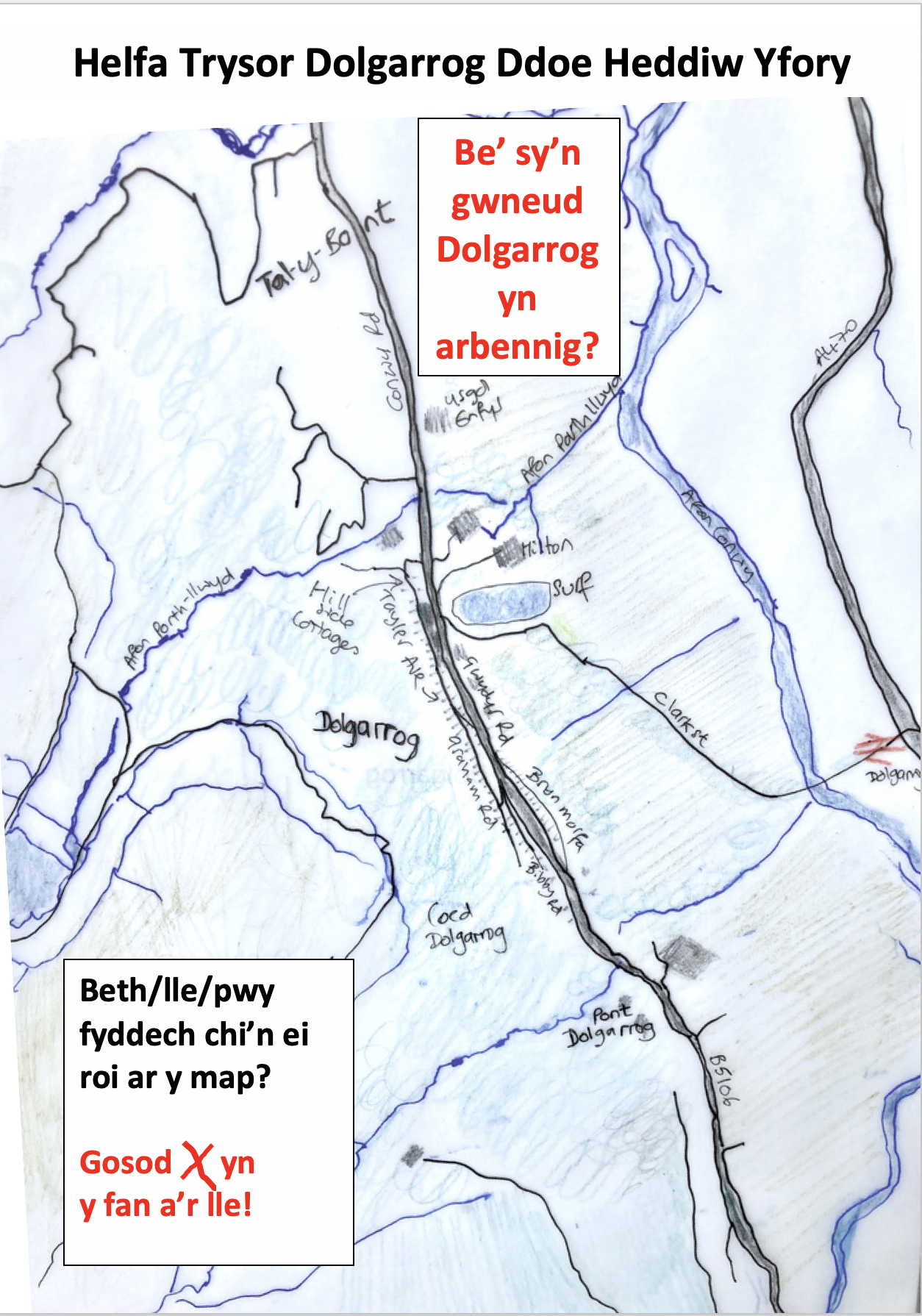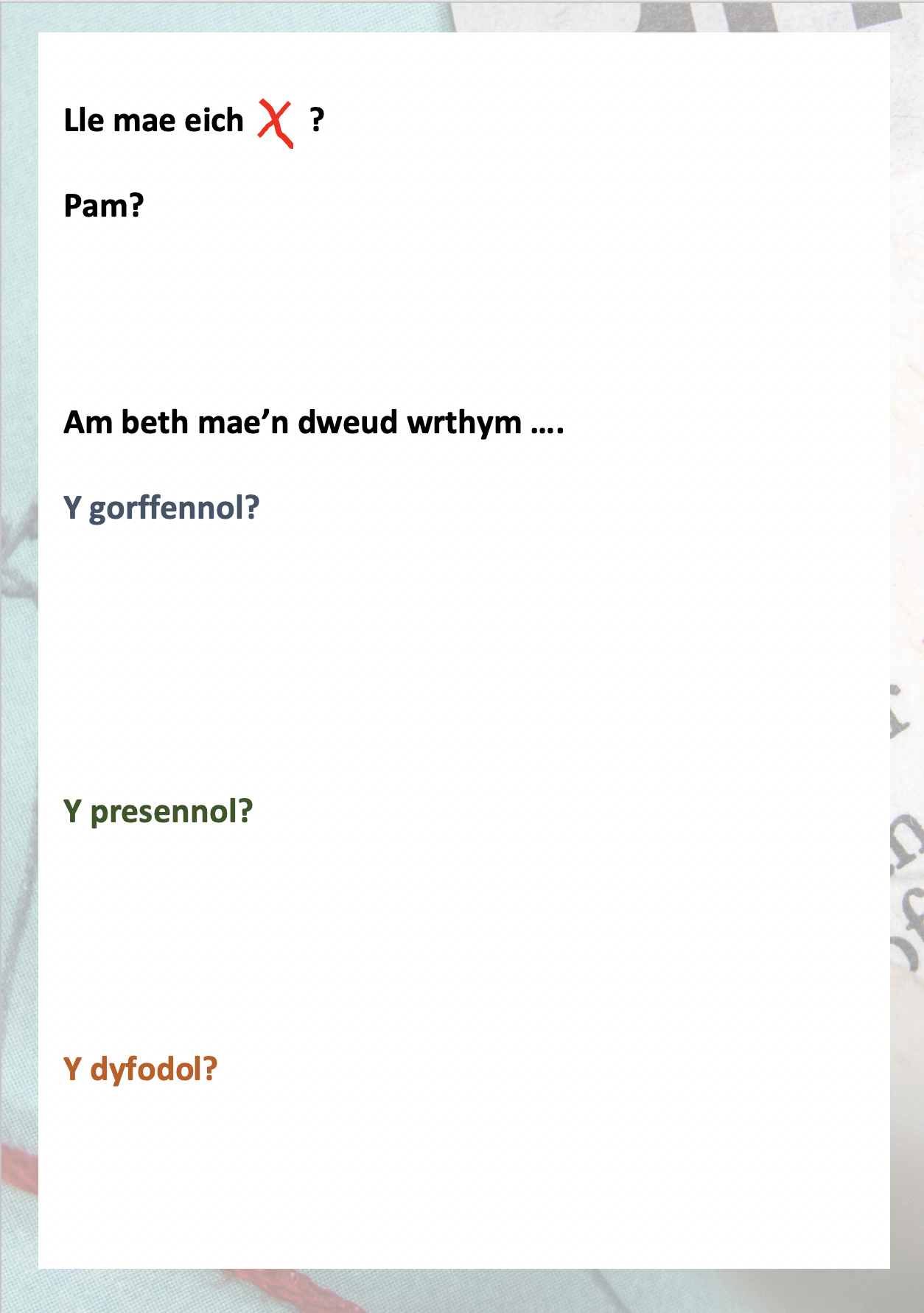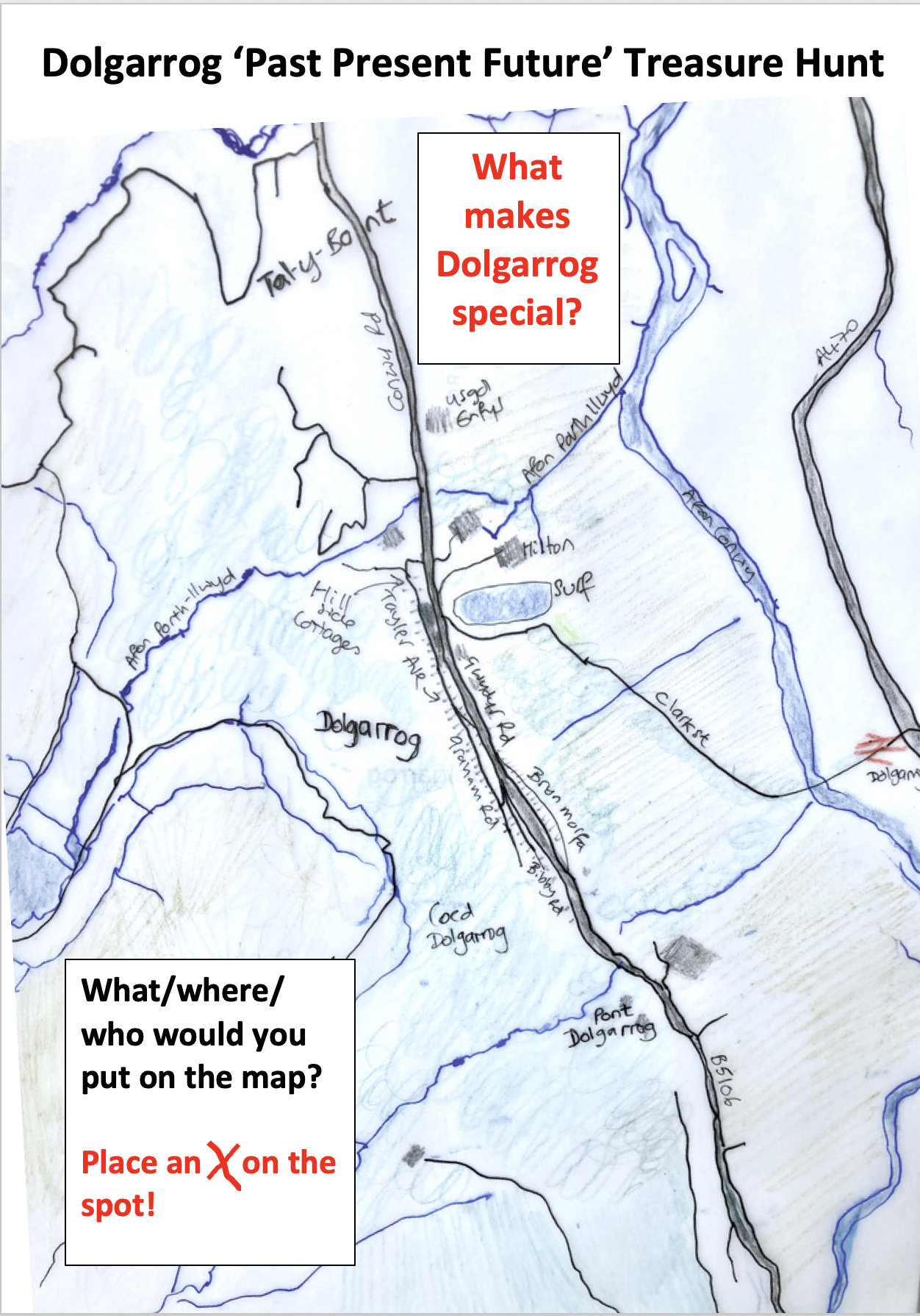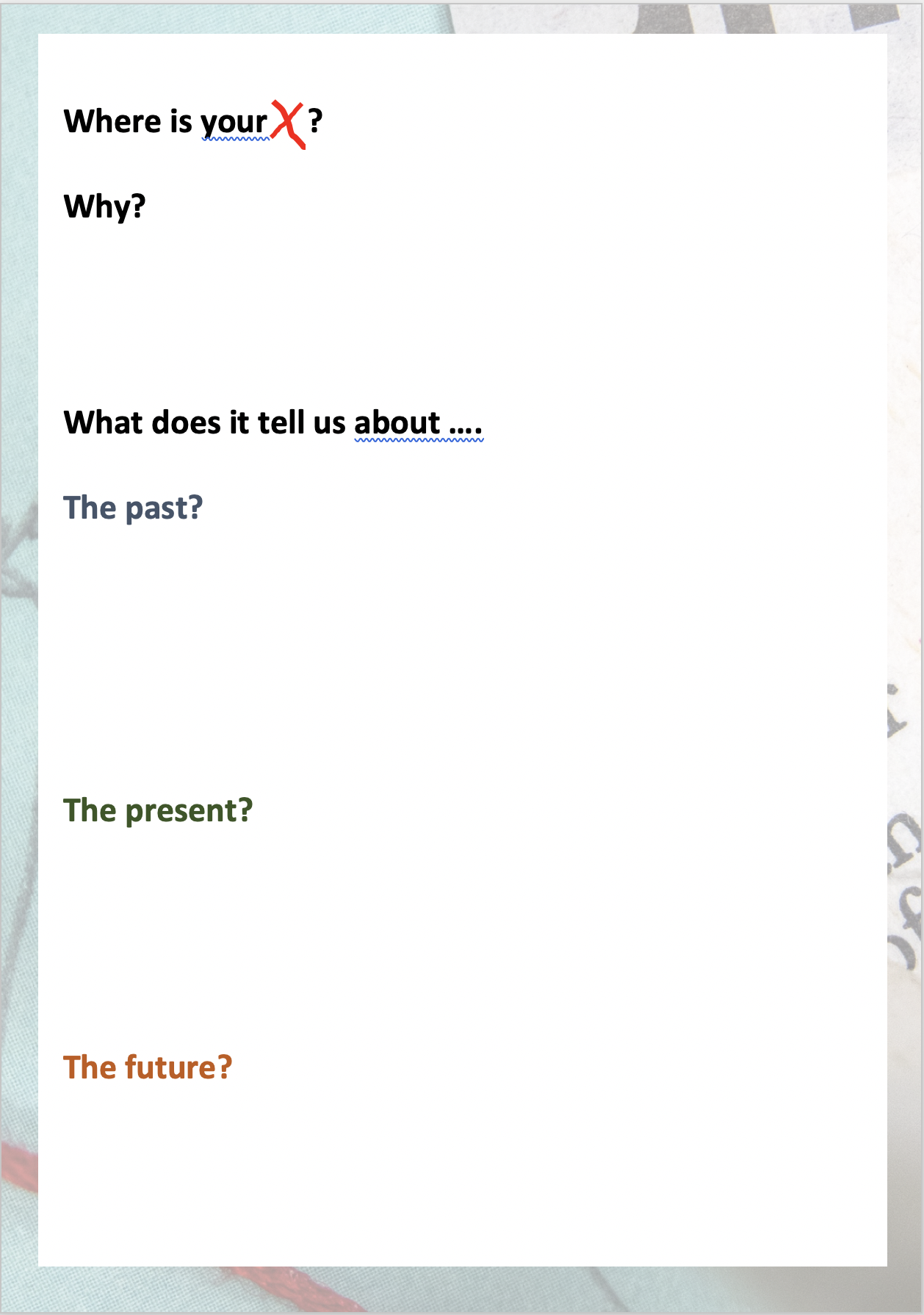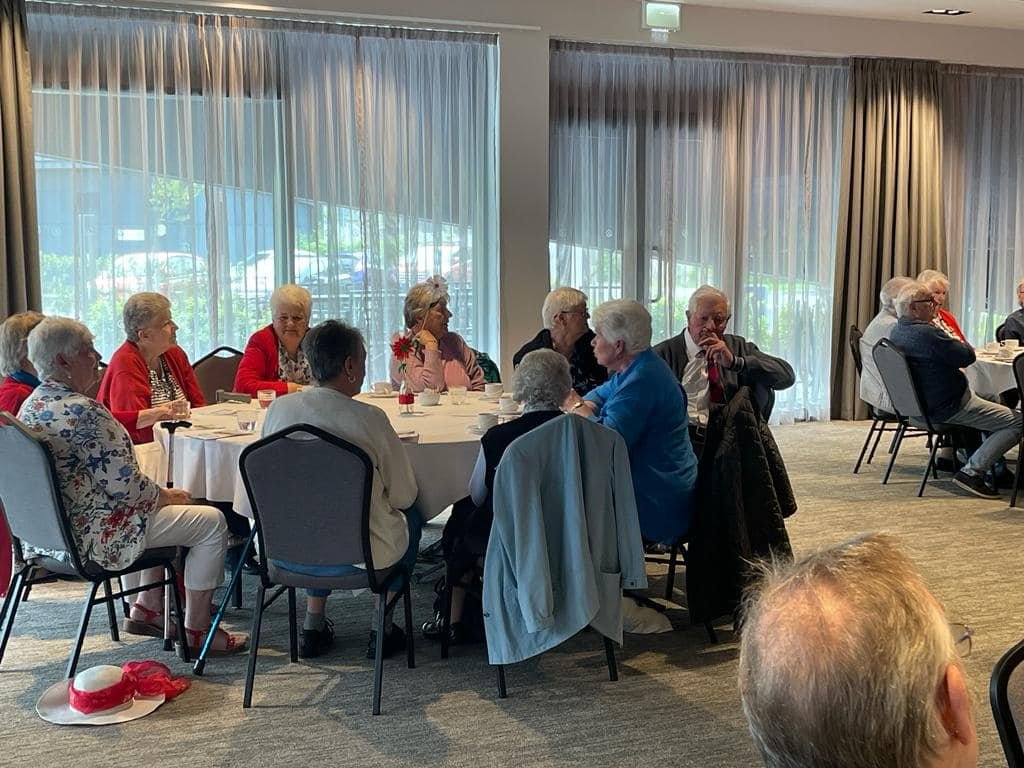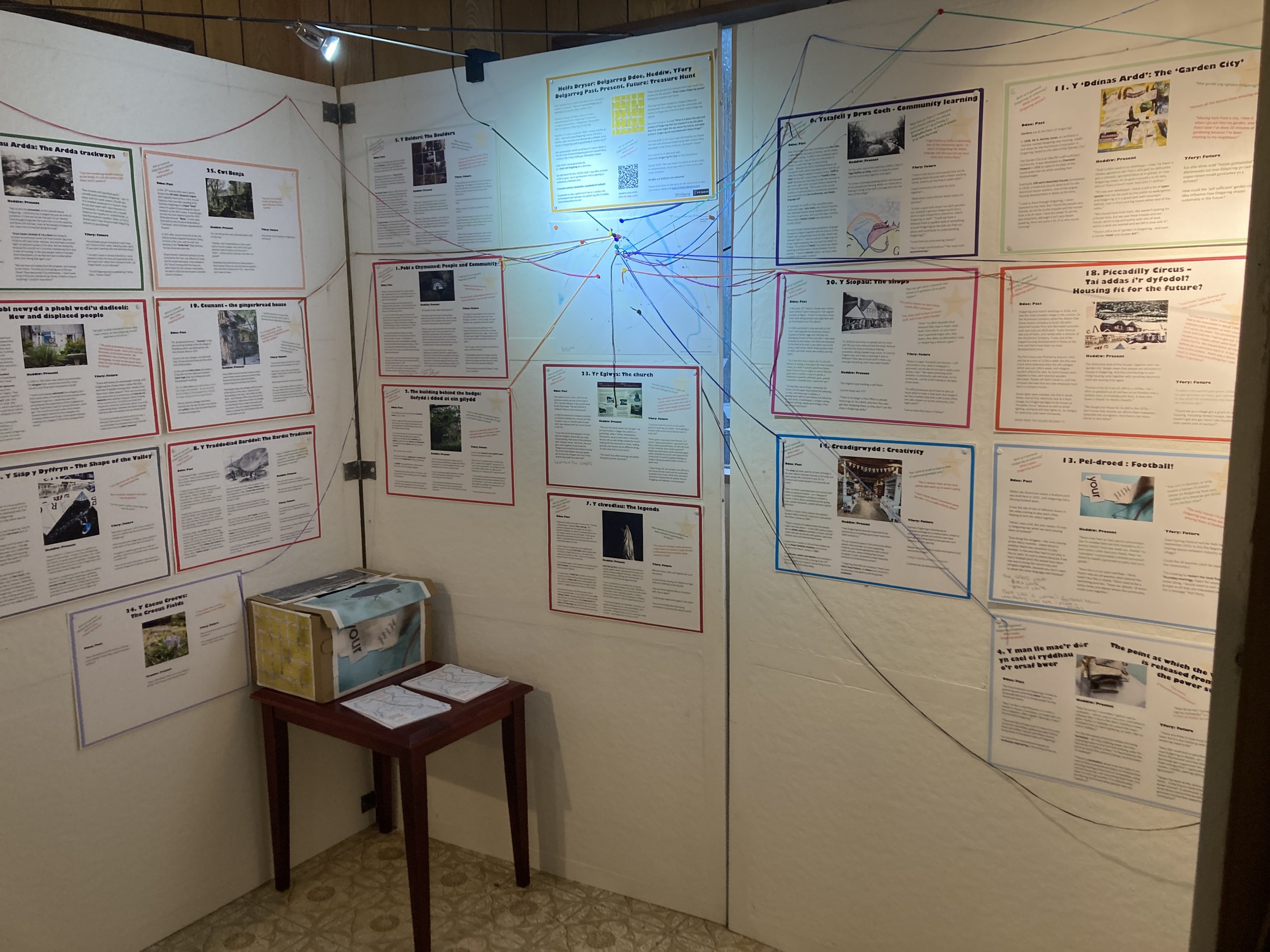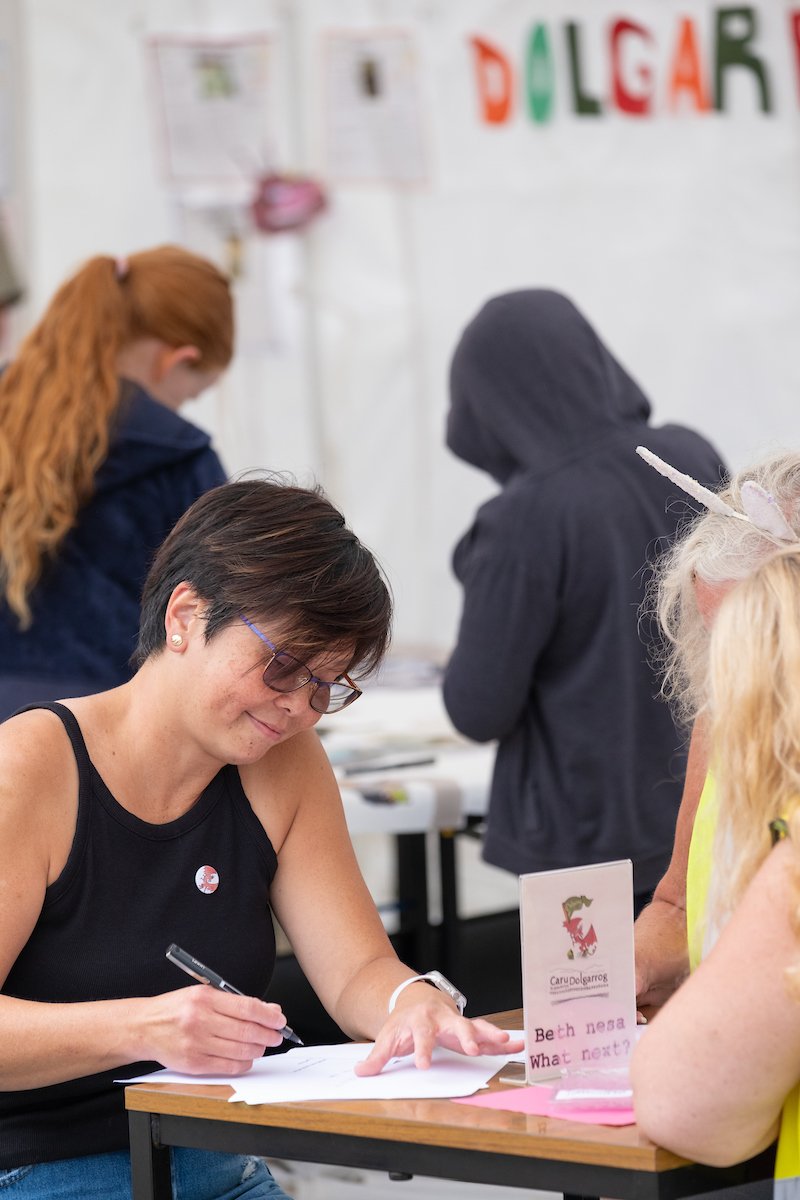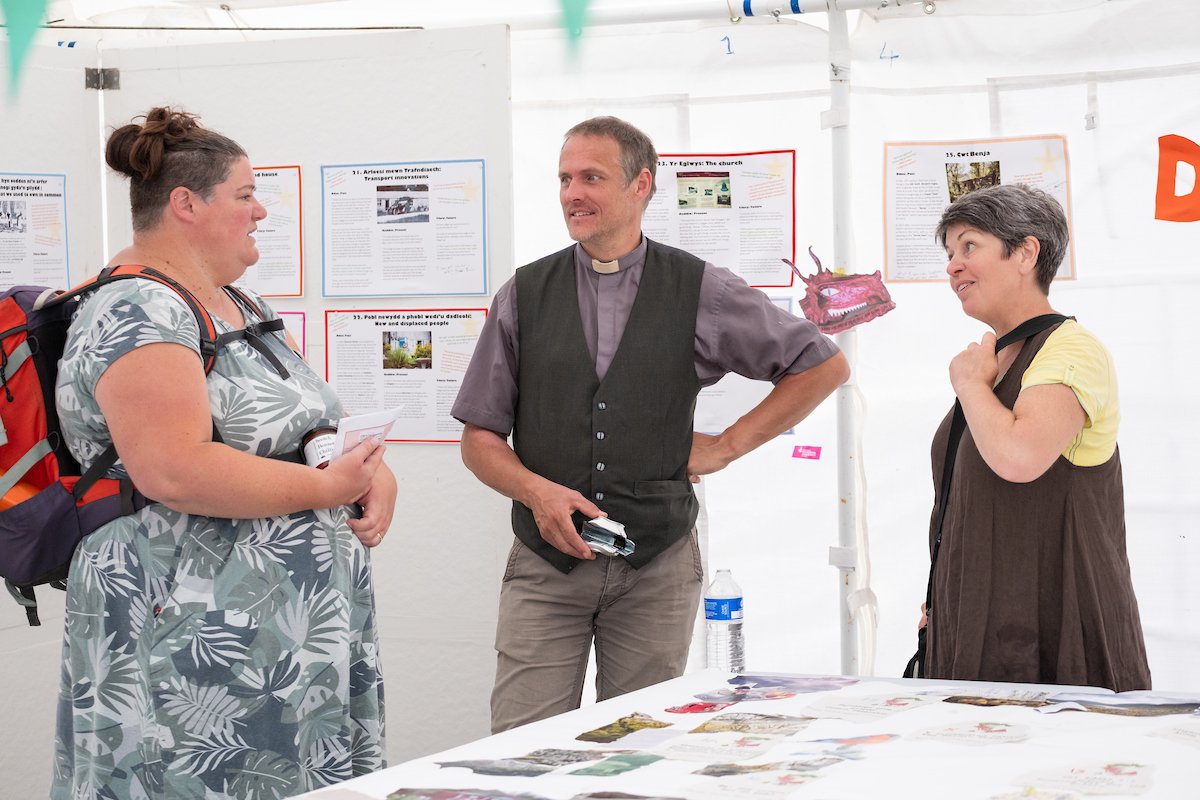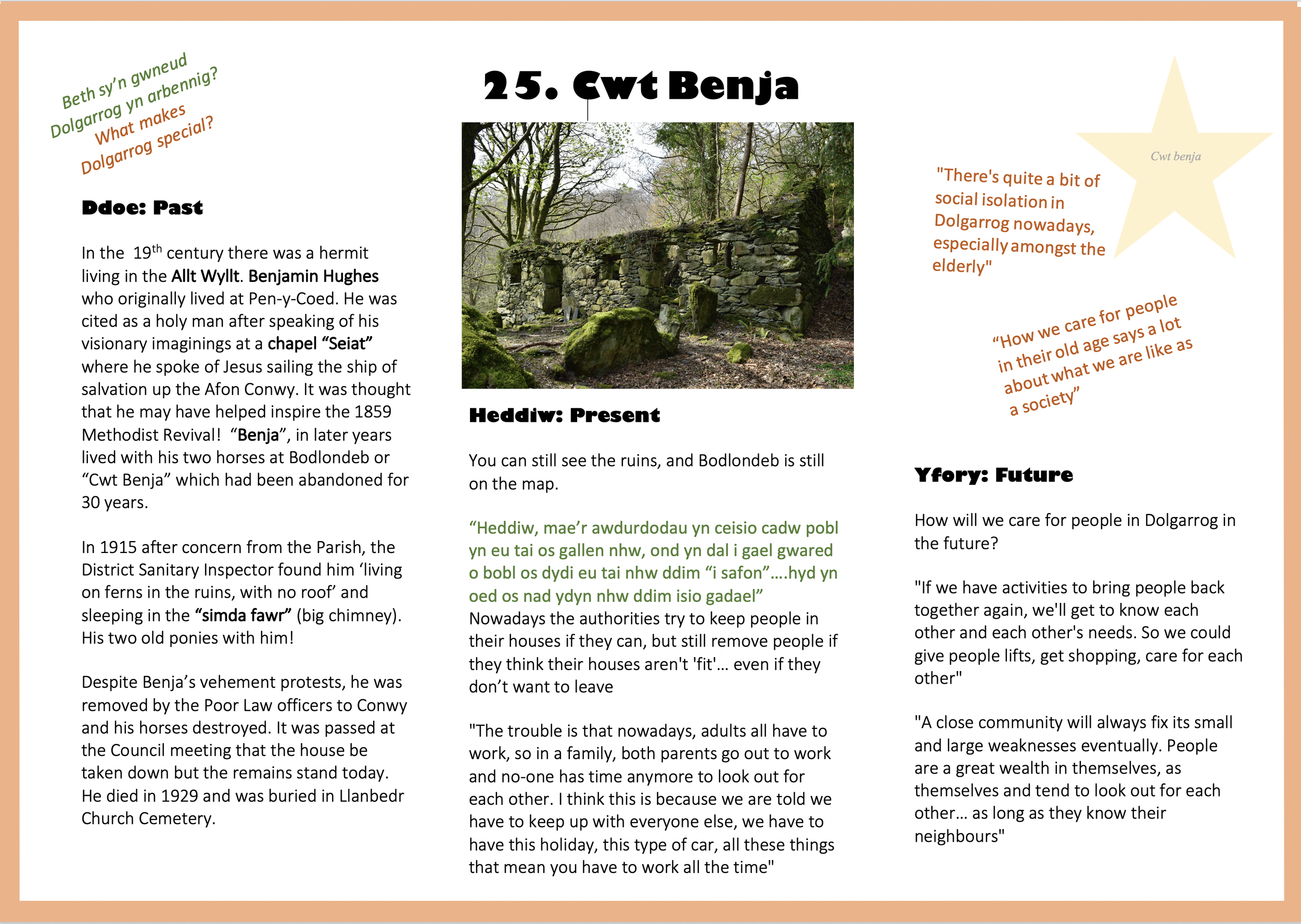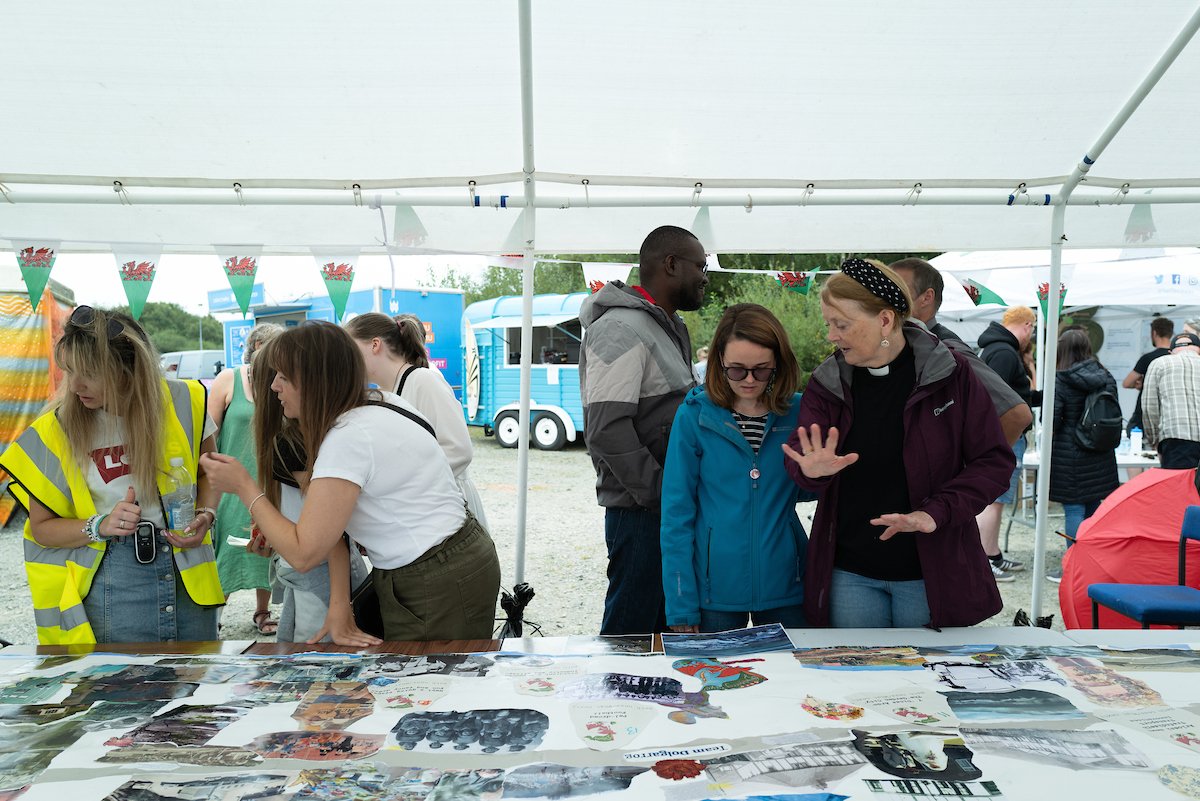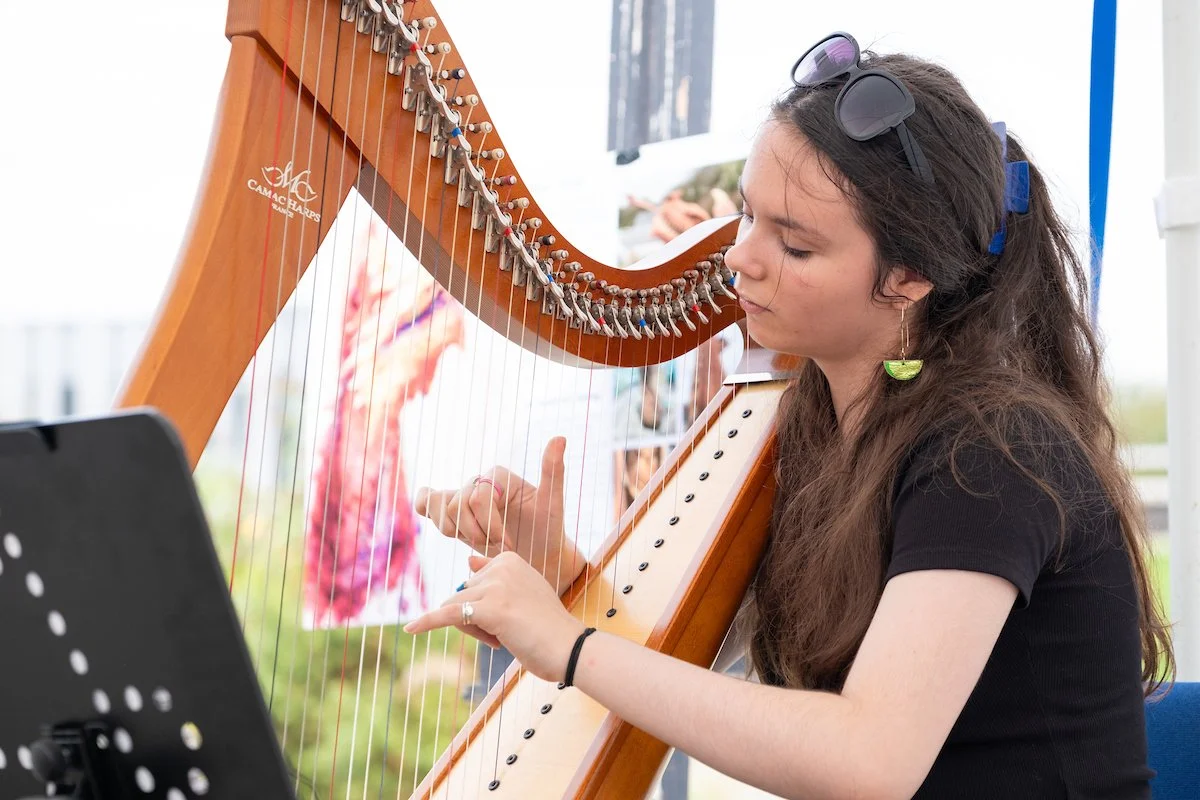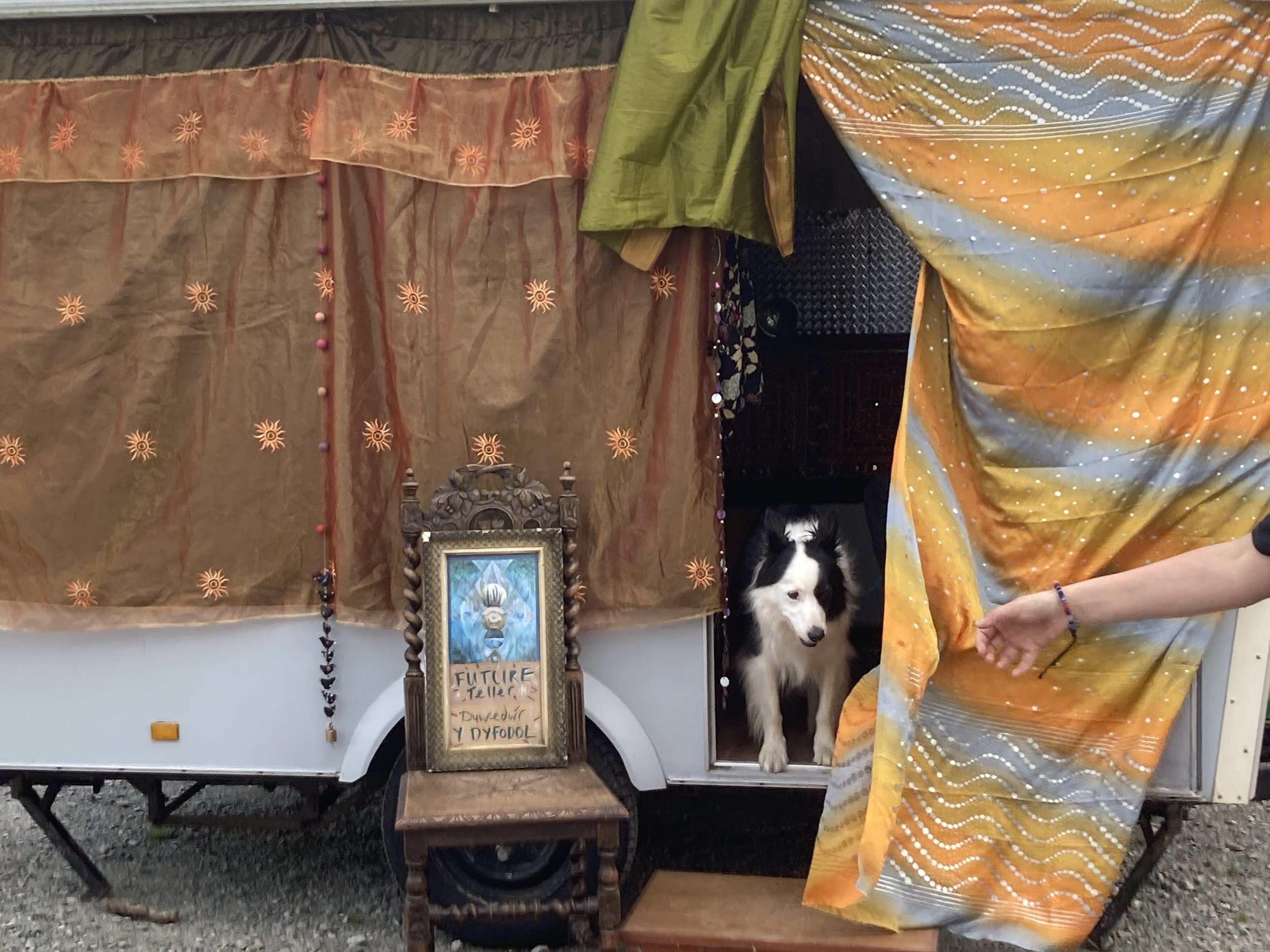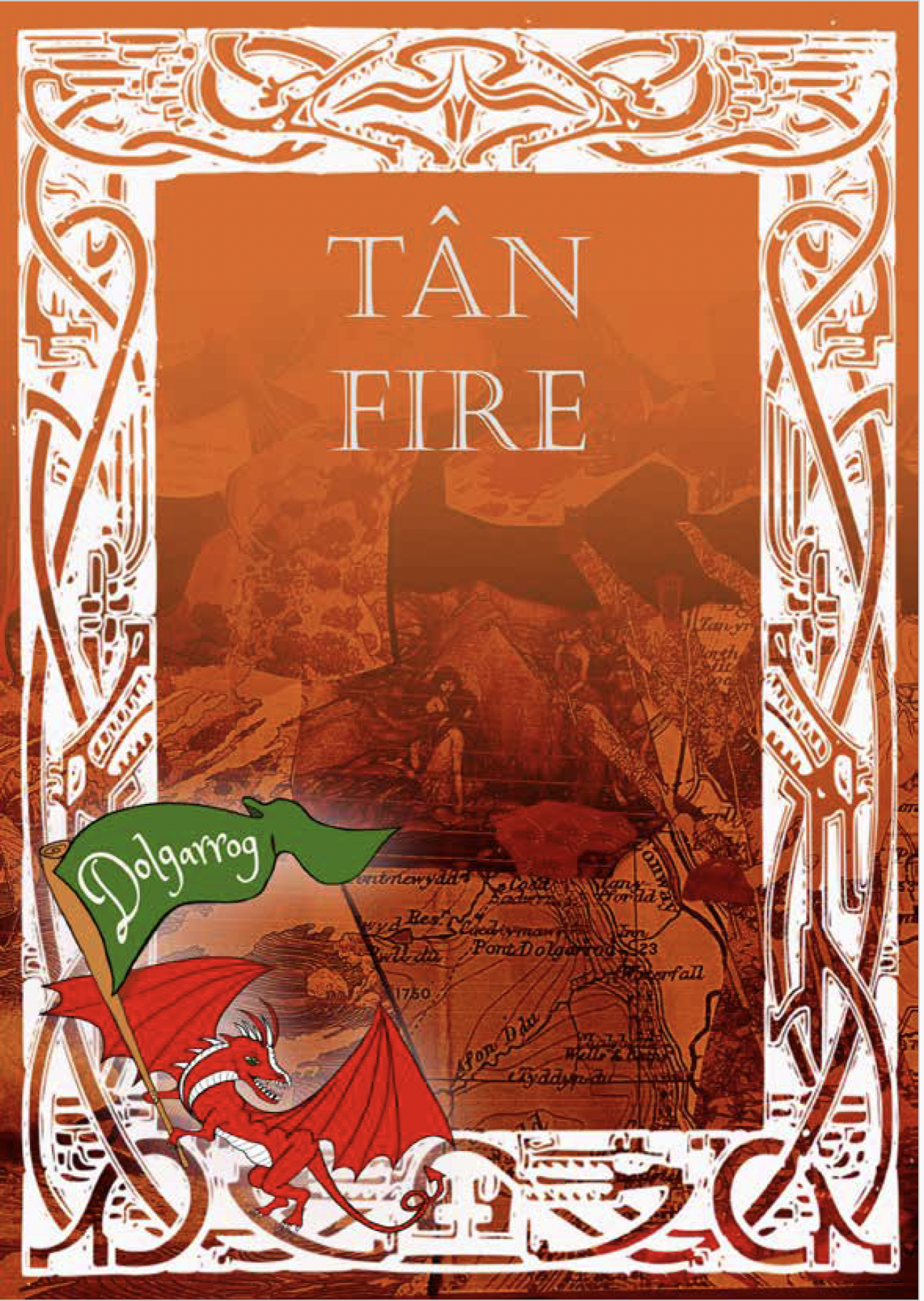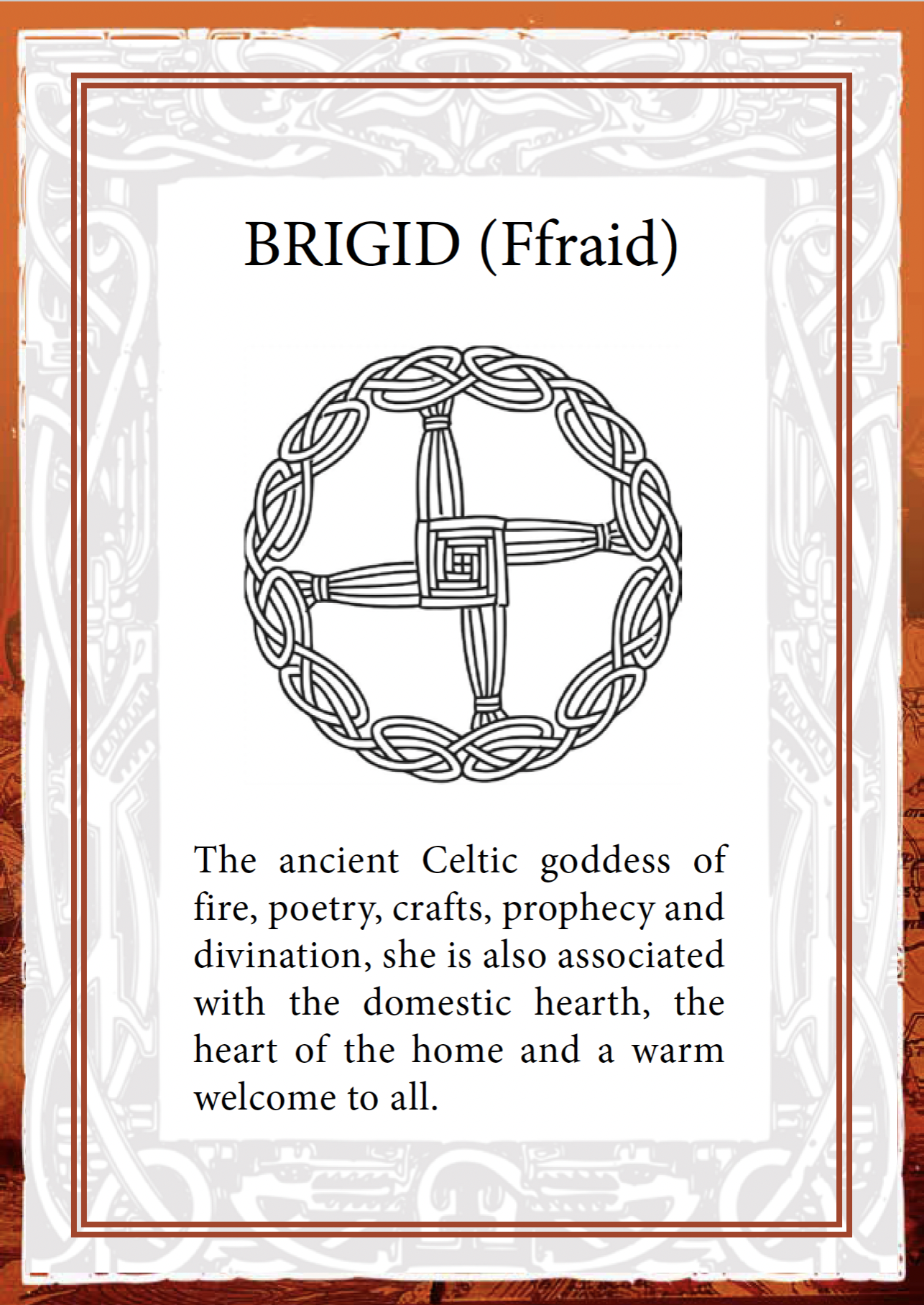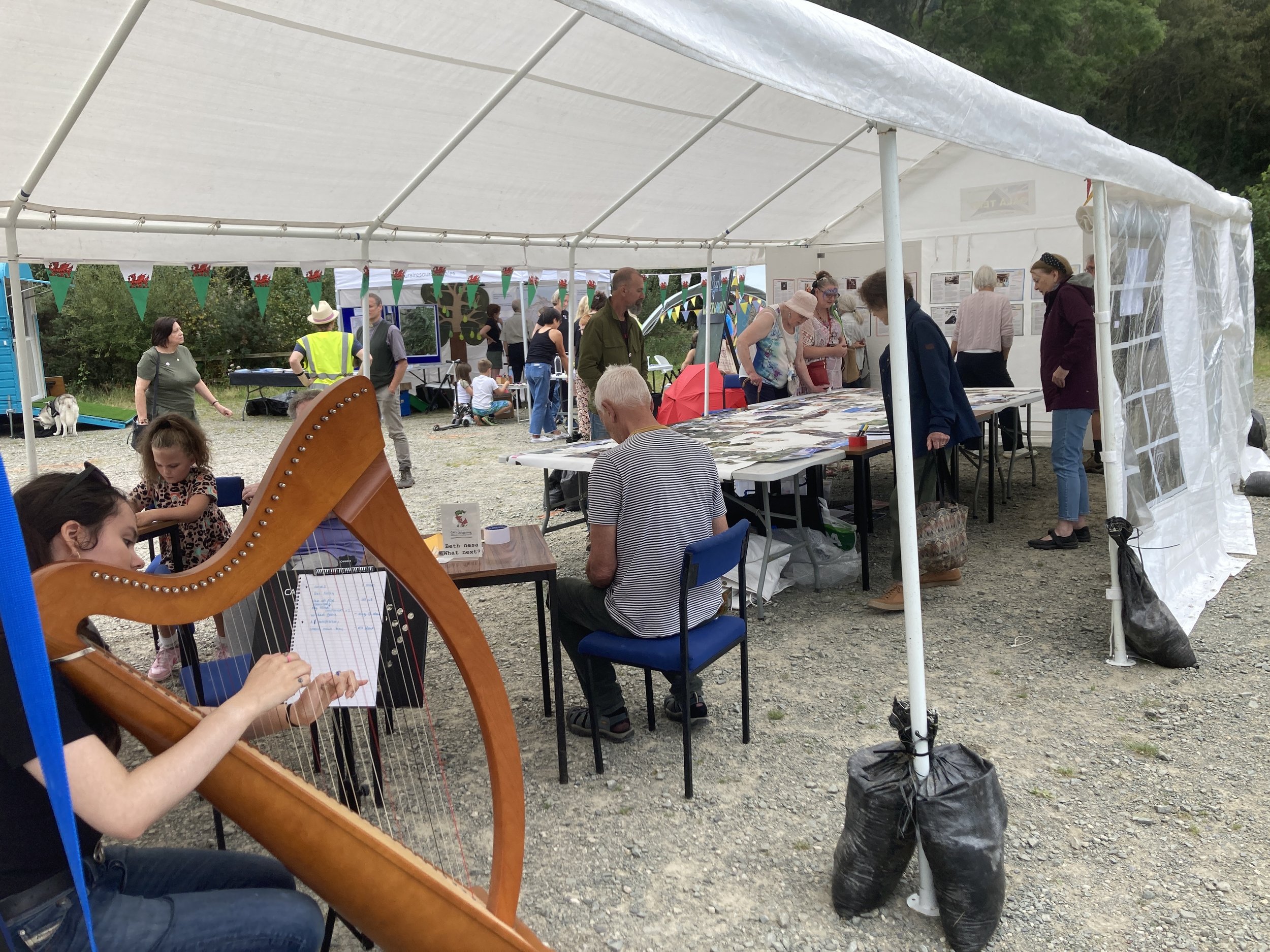For a few years now, I’ve been working with the concept of ‘anticipatory history’ because
“History that calls attention to process rather than permanence may help us to be more prepared for future change; to respond thoughtfully and proactively, rather than in a mode of retreat and or regret” - Caitlin DeSilvey, Simon Naylor and Colin Sackett
Although young people are great at thinking creatively about the future (for example with young people in Gwalchmai as part of Utopias Bach), I find that engaging adults in thinking about change or the future is hard. I find it hard too. But starting with history, and working through ideas of continuous change makes the future less threatening and somehow gives permission for more creativity. This is also the thinking behind facilitation techniques such as ‘Appreciative Inquiry’’.
Over the last year working with Jackie Ley, Caru Dolgarrog and the community of Dolgarrog, I’ve had an opportunity to really try out working with Anticipatory History, to see if it works. And at the end of September, this all came together at the first ever Gwyl Garrog Festival in Dolgarrog.
So I thought I’d write a blog just to pull together what i’ve learned, and maybe of interest to others too.
in the beginning
Images of Dolgarrog
For the past few years i have been working alongside Jackie as one of a group of artists in Ffiwsar’s Dyffryn Dyfodol research and development project in Dyffryn Conwy. We are experimenting with ways of bringing people together with the arts as a catalyst to explore, discover and plan for a positive future.
And because it is an R&D project, these are the questions we are asking ourselves, as creatives trying to work with communities:
1. How do/to what extent do we set up relationships/structures/transfer of power that support long-term engagement? How much is enough (within a limited budget)? How do we know we are doing it or know if we have done it?
2. Is there a tradeoff/polarity between in depth engagement vs short quick engagement (eg can an off the cuff conversation go somewhere deep)?
3. What does breadth of engagement mean and how do we conceptualise it (eg 'hard to reach' might not be a useful term)?
4. How do you start? What are the different starting points and how does activity progress? Is this the hardest bit? How do we decentralise the initial invitation? (eg if it is community led then how do we invite the community to come to us rather than us choosing them?)
5. How do we ask questions about the future? That go beyond the superficial? Or do we even want to (maybe it is implicit)? How can we work with anticipatory history – how does engaging with the idea of continuous change help people engage with future?
6. How do we 'capture' information/people? How might we 'decentre' the artist and get people to process their own stuff? How to cope with volume of material generated?
7. How do we reflect on what we’ve been doing What existing frameworks/thinking helps us frame what we are/have been doing
starting work in dolgarrog
For Dyffryn Dyfodol, Jackie was wanting to set up a community event in her home village of Dolgarrog, as a way to try to bring the community, and industries located in the community, back together again.
Image: Jackie Ley
I was struggling to find a way into a genuine relationship with a community in Dyffryn Conwy, and as I had long been fascinated by Dolgarrog, I offered to support her by doing ‘something’ which would bring in an element of Anticipatory History to the run up and day of the event: I wanted to do something creative. Something that built on a need expressed by the community itself. That could be created by working with the community. And that could maybe even continue to engage the community after the event.
Easy peasy?
Not really! Quite a few of us in Dyffryn Dyfodol were finding it can be pretty tricky to find a ‘way in’ to genuinely work with a community, as an artist. Even the title ‘artist’ can put people off, or lead to expectations of illustration and other things that you really don’t want to/can’t do. So initially I was there more as a facilitator, supporting Jackie to run the meetings she was convening (of an incredible mix of people - even just the meetings had started to pull the community and industry back together again), going on visits to the local industries and working with refugees who had been relocated to the Hilton Hotel in Dolgarrog.
After several meetings about the ‘village fete’ (which snowballed into “Gwyl Garrog Festival”), the idea of having some kind of treasure hunt or map or guided walk that reconnected people with the places and history of Dolgarrog was suggested by the head of the school and others.
Dolgarrog psychological mapping: detail by Dave, Dolgarrog Art Club
I offered to take it on.
I initially followed up by running a session for the Dolgarrog Art Club (also set up by Jackie), exploring ‘psychological maps’ of Dolgarrog. Their maps gave an intriguing glimpse into places and people that were significant to people in Dolgarrog. They also came up with some wonderful ideas for how to create maps and treasure hunts. For example, the image below, by Isla Hatton, who is 15, is a creative take on the ‘what three words’ location-finding app.
I was also still looking for how to frame the questions that would generate the ‘content’ of the treasure hunt or map - ie what was the starting point?
creating a dolgarrog treasure hunt/map through conversation
After several aborted attempts to frame questions around ‘what innovations have there been in Dolgarrog’, which didn’t seem to work, I found the question:
“ What makes Dolgarrog special: What is it about the past and present of Dolgarrog that has shaped it to be the place that it is, what might this say about the future, and what place in Dolgarrog most is associated with these things?”
seemed to gain traction. I set about having conversations with people 1:1, including at a Coronation Tea for the over 60s, and using a ‘suggestion box’ with cards for locations on the map.
Coronation Tea with the over 60s. Image: Jackie Ley
After about 20 conversations I started compiling the results, trying to keep true to the way people had expressed things rather than more ‘institutional’ or standard themes and categories. I then turned these into an online map structured around the past, present and future associated with different places, for example “the Building Behind the Hedge”, “Wot no pub?”, “Piccadilly Circus”, “the Point at Which the Water is Released from the Power Station” and “Places to get together”
Jackie also arranged for the map to became a physical exhibition in the Church, inviting people to edit, amend and add to the ‘sites’.
GWYL GARROG (11.9.23)
Image: Mark McNulty
For Gwyl Garrog, Jackie had the idea of having a ‘Futures Tent’ as a way of engaging people in putting forward ideas for future funding and activities in Dolgarrog. We created a physical version of the online map (printing cards of each map ‘location/theme’), complete with a giant collaged ‘psychological map’ of Dolgarrog (includings lots of history pictures, to draw peopl in) as the basis for the tent.
Image: Mark McNulty
An example of one of the 25 ‘Helfa Drysor - Treasure Hunt’ cards
We were visited by about 250 people, and received around 50 written suggestions. Eryl (wearing the maroon coat and spotted scarf below) and I spent the day chatting to people and noting down what emerged as the most common ideas:
Recreation/green gathering space/walks
Multi-purpose community space/hub
Activities, calendar of events and ways to get to know each other
Village shop
Surf/connecting industry with village
Connecting with history
Better buses and connectivity
Housing for all
Image: Mark McNulty
Meanwhile Isla Hatton, who created the ‘What 3 words’ map, played the harp in the Futures Tent throughout the day….
And artist Lin Cummins became the ‘Future Teller’ in her very own caravan, creating a set of bespoke Dolgarrog Oracle Cards (with cards in the themes of Earth, Fire, Water, Air) as a stimulus to talk in depth with people about futures in Dolgarrog, recording their thoughts in a giant book. You can see below how they link with and build creatively on the Treasue Hunt themes.
What next?
Dyffryn Dyfodol continues until Spring 2024, and we are continuing to try to learn from the process of working with communities, and different ways to ‘commission’ artists without prescribing outcomes. Lin hopes to use her Oracle cards elsewhere, and Jackie is using the results to inform funding bids to action some of the ideas, working with the church and community. We also plan to bring the Treasure Hunt and map physically into Dolgarrog, and make it something that can be continually updated.
And hopefully, Gwyl Garrog will continue! As someone said at Gwyl Garrog, it brought the heart back to Dolgarrog. Huge congratulations to Jackie and Caru Dolgarrog and the 80+ volunteers that made it happen. For more images and information see their facebook page.




